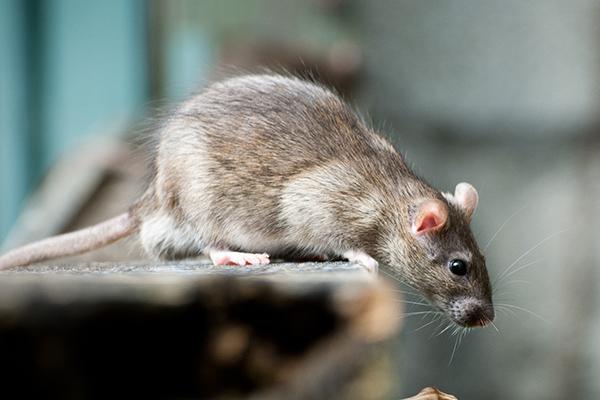Pest Control for Industrial Kitchens: What You Need to Know
Share
The complexity of managing pest control for industrial kitchens lies in the dynamic operating environment. These high-traffic areas, bustling with activity and piloted by seasoned professionals, are focal points for food production and storage. Unfortunately, they also serve as attractive hubs for pests that can compromise both hygiene and safety. The importance of robust pest control mechanisms cannot be understated.
Why is effective pest control so crucial in these settings? Due to the variety of food materials and waste produced, industrial kitchens offer an ideal breeding ground for an assortment of pests, from cockroaches to rodents. Left unchecked, these pests can lead to contamination of food products, resulting in significant financial losses and potential health risks to both consumers and staff.

The Hidden Threats Lurking in Industrial Kitchens
In industrial kitchens, the presence of pests such as rodents, cockroaches, ants, and flies can be more than a nuisance; they are a potential hazard. They can cause extensive damage not only to food stocks but also to the infrastructure. For example, rodents can gnaw through wires, creating electrical hazards and potential fire risks. Implementing consistent and proactive monitoring methods is essential to catch these pests early.
Implementing Proactive Pest Prevention Strategies
To tackle pests effectively within an industrial kitchen setting, preventative strategies should form the cornerstone of your approach. This includes regular inspections to identify potential entry points and ensuring proper sanitation throughout the area. Utilizing modern technology, such as smart traps and monitoring sensors, can greatly enhance the efficiency of these inspections. Learn more about maintaining safety in industrial settings with innovative pest control methods.
The Role of Technology in Pest Management
In recent years, technological advancements have revolutionized pest control practices. Automated systems that monitor pest activity in real-time have become invaluable. Not only do they detect movements of pests, but they also help maintain compliance by generating reports that can be referenced during inspections. Explore how automated systems are reshaping the industry.
Training and Awareness for Industrial Kitchen Staff
While technology aids significantly in pest management, the human element is equally crucial. Employee training focused on recognizing early signs of infestation and understanding proper waste management protocols is essential. A united front against pests can prevent minor issues from escalating. For details on integrating training with operational protocols, refer to our comprehensive guide on smarter pest detection.
Integrated Pest Management: A Holistic Approach
The implementation of an Integrated Pest Management (IPM) plan involves combining multiple strategies to tackle pest issues. From regular maintenance and sanitation to employing chemical controls only when necessary, IPM emphasizes a comprehensive approach to pest control that minimizes environmental impact while maximizing effectiveness. Learn more about integrated solutions in similar environments.

Frequently Asked Questions (FAQs)
What are the common pests found in industrial kitchens?
The most common pests are rodents, cockroaches, and flies, all of which are attracted to food sources and can cause significant damage.
How often should pest control be conducted?
Regular monitoring should be done weekly, with professional intervention at least quarterly or whenever infestations are suspected.
What are some risk factors for pest infestations?
Poor hygiene, improperly sealed food containers, and cracks in walls and flooring are significant risk factors that can encourage pest infestations.
This article contains affiliate links. We may earn a commission at no extra cost to you.
